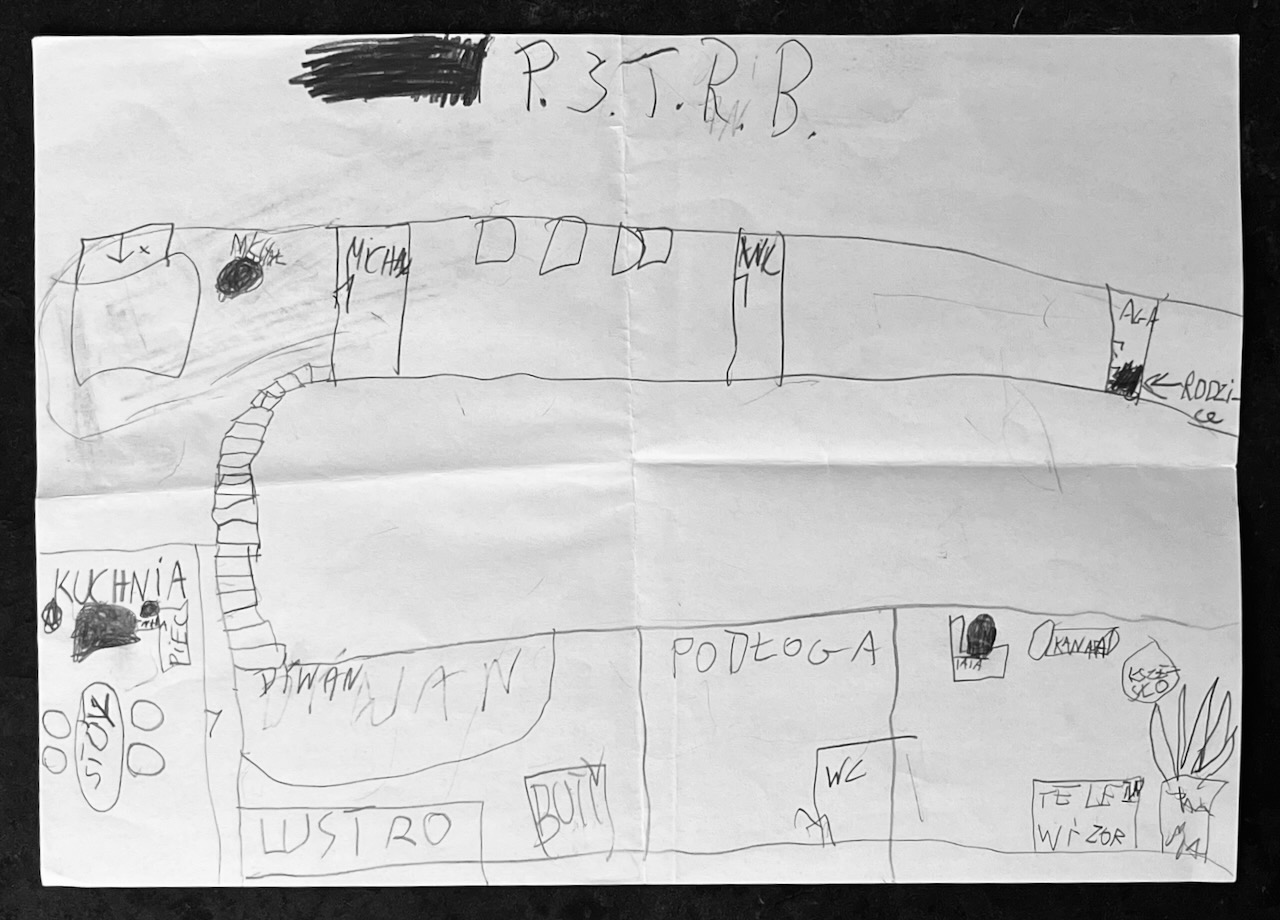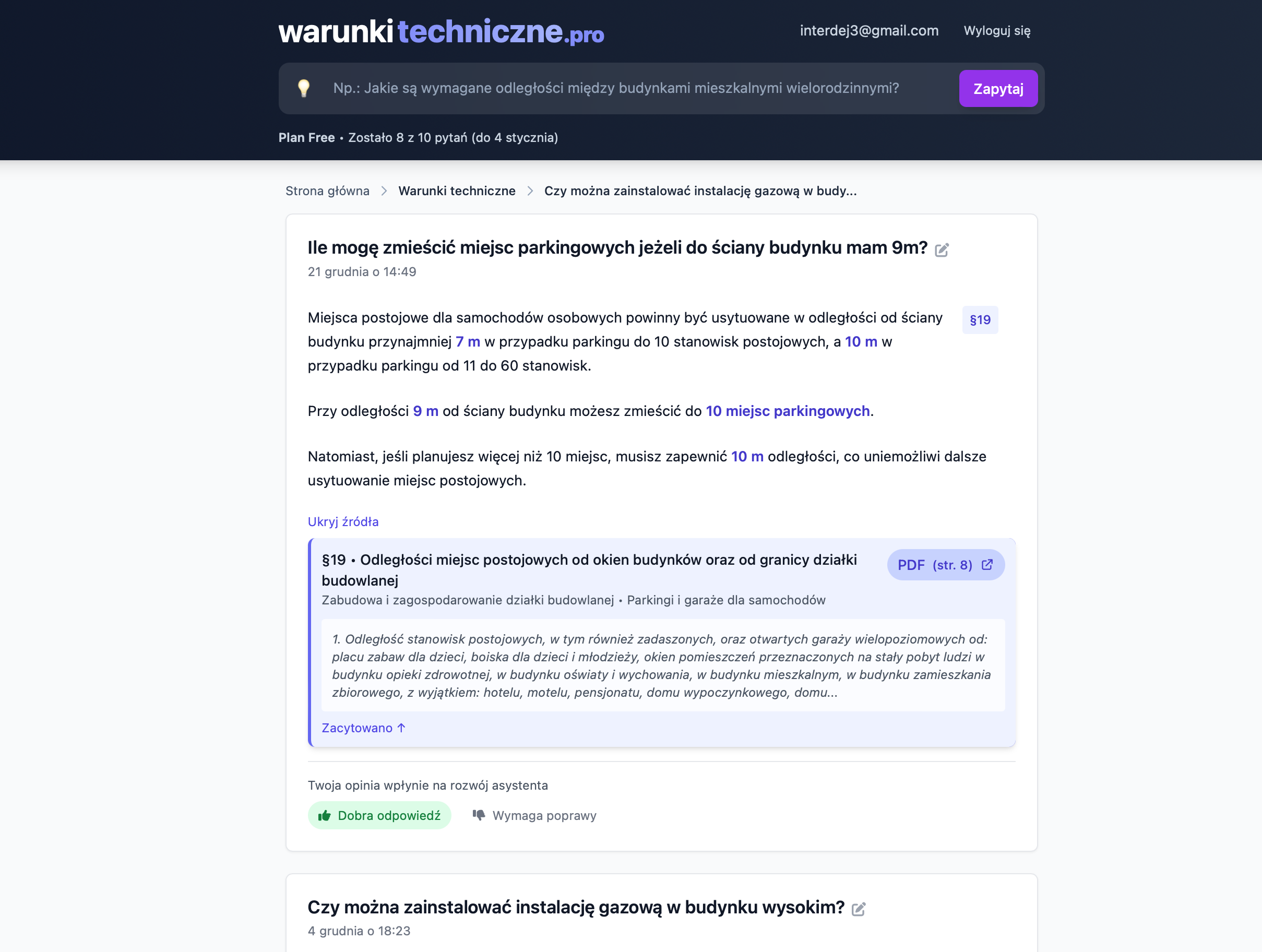From Spreadsheets to Sketches: Designing a Better Future for Architecture
by Michał
A few days ago, I spotted something that made my day: a colleague at our office was using an AI tool I’d created to quickly check building code compliance. That moment crystallized the mission I’ve set for myself: helping architects spend more time doing what they do best – designing – and less time wrestling with obstacles.
A Winding Path From Finance to Architecture
But let me back up. My path to this moment wasn’t exactly straight. I started my career as far from architecture as you could get. I studied finance, where analytical thinking was emphasised and data was the metric for success. As you can imagine, this kind of formation would make me efficient but quite one-dimensional.
Luckily, I got involved in Enactus - an organisation that promotes entrepreneurial action for societal benefit. Our student group organised markets that brought in €500,000 in revenue for local farmers or created a fashion brand that trained unemployed people as tailors to turn discarded banners into accessories. Personally, in 2016 I managed logistics of a project management conference that attracted over 400 participants and had top business executives as speakers.
 Quite probably the first floor plan I ever drew — the apartment I grew up in, featuring my dad as a black blob on an armchair. Drawn circa 1999.
Quite probably the first floor plan I ever drew — the apartment I grew up in, featuring my dad as a black blob on an armchair. Drawn circa 1999.
Enactus involvement had a dual effect - it rounded my eduction with a social perspective and launched my career in consulting.
Working for big consultancies I automated workflows for global corporations such as Sony or Grundfos. While I was good at it, something felt off. Shaving seconds off accounting processes didn’t exactly feel like changing the world.
A realization hit me one day: while my consulting work lived in spreadsheets and slide decks, architecture lives in every space where human life happens. As Polish architect Oskar Hansen brilliantly put it:
There is no life outside architecture.
Every human experience, every business transaction, every social interaction plays out within spaces that architects help create. At that moment I decided that I want to be part of that.
The transition meant I was literally going back to the drawing board. I spent long hours learning an entirely new way of thinking. I went from optimizing digital workflows to designing the physical spaces where those workflows - and everything else in society - actually happen.
My architectural internships were a far cry from my previous high-powered consulting job, but they taught me something crucial: architects are some of the most passionate, dedicated professionals I’ve ever met. They pour their hearts into creating spaces that shape our lives.
The View from Both Sides
But here’s the thing: as I spent more time in architecture firms, I kept hearing the same frustrations over and over again. Too much regulatory burden. Too little time for actual design. Too many software tools to learn. Too little compensation for the value created. The solutions proposed often felt distant and abstract – calls for “systemic change” or “better design education of society” that pushed the responsibility somewhere else, anywhere else.
 To break up the wall of text, enjoy a rotating model of my first architecture school project - a toilet.
To break up the wall of text, enjoy a rotating model of my first architecture school project - a toilet.
I saw something different. Having worked in both consulting and architecture, I noticed specific problems that could be solved today, without waiting for industry-wide changes:
- Projects that start with exciting exploration but dissolve into stress and rushed decisions as deadlines loom
- Valuable knowledge not being transferred once a project is completed, forcing each new team to start from scratch
- Firms focusing solely on design services while letting go of responsibility (and rewards) for pre-design analysis and delivery phases
- Hours spent on regulatory compliance instead of solving design challenges
And while some might say “that’s just how architecture works,” I’d rather not wait for the profession to evolve at the speed of Gothic cathedral construction.
Take the regulatory burden as an example. Building codes serve an important purpose – ensuring minimal quality standards for our buildings. But navigating dense legal texts shouldn’t be the main task of architects, especially since it pulls us away from what we do best: creative problem-solving in design. As projects evolve dynamically through various iterations, architects need equally agile tools for checking compliance. It is a well-defined problem that when solved will make architects’ lives better today.
Small Solutions, Big Impact
Here’s the good news: we can fix those issues. Not through vague systemic change, but through concrete actions that make architects’ lives better today. Take that AI code assistant I mentioned earlier – it’s not going to revolutionize the profession overnight, but it gives one more architect one more hour to focus on design rather than regulations. I’ve also created a curated directory of AI tools for architects because I kept hearing how overwhelming it was to keep up with new technology.
These small solutions might seem modest. But that’s exactly the point – while everyone’s waiting for revolutionary change, we can start making things better right now, one happy architect at a time.
 warunkitechniczne.pro in action. It’s not perfect, but it’s a start.
warunkitechniczne.pro in action. It’s not perfect, but it’s a start.
Reimagining Architecture’s Future
These small solutions might seem modest. But that’s exactly the point – while everyone’s waiting for revolutionary change, we can start making things better right now, one happy architect at a time.
I believe my background in both worlds can provide a fresh perspective on architecture’s challenges. In consulting, I saw how other industries solved similar problems. Now I’m bringing those lessons to architecture, but with deep respect for our profession’s unique creative needs.
I’m here to help remove the obstacles that keep architects from doing their best work. Whether it’s building tools that save time on regulatory compliance, organizing resources that make technology more accessible, or exploring new business models that better reward architectural value – I want to help architects spend more time on design, stress less, and get properly compensated for their contributions to society.
 POV: Author archsplaining to the audience. AEC Hackathon Wrocław 2024.
POV: Author archsplaining to the audience. AEC Hackathon Wrocław 2024.
Join the Conversation
This is where you come in. I’m starting this platform not to preach solutions, but to share ideas and learn together. What are your pain points? What tools would make your work easier? What aspects of architectural practice do you think could work better?
I believe that small improvements, made consistently and shared openly, can add up to meaningful change. Not through grand manifestos or industry-wide revolutions, but through concrete actions that make architects’ lives better today.
Remember that colleague I mentioned at the beginning? The one who could focus on design instead of getting stuck in regulatory documents? That’s the kind of small win I’m interested in - where technology handles the tedious tasks, where knowledge builds upon itself, and where architects can focus on what they do best – creating spaces that shape our lives for the better.
I’d love to hear your thoughts and experiences. You can reach me at:
- Email: hello@michaldeja.com
- Twitter/X: @MichalDeja
- LinkedIn: Michał Deja